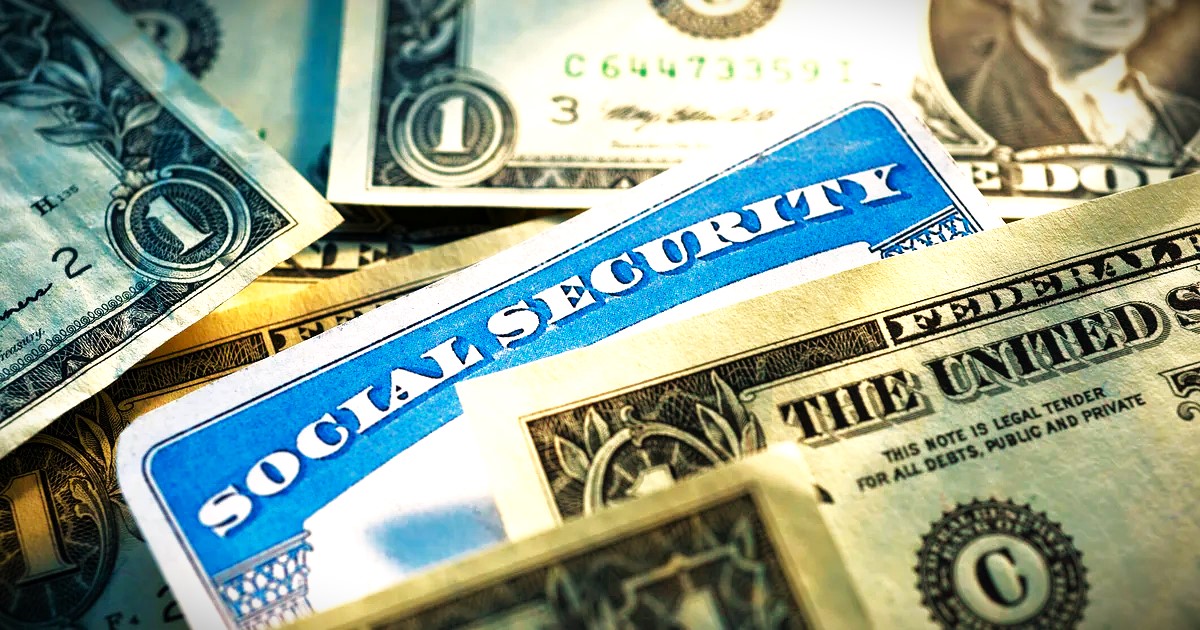The Social Security Administration (SSA) has become the center of attention once again as news circulates about a potential SSA $3200 payment for eligible recipients. Amid economic uncertainty and rising living costs, Americans who rely on Social Security are eager for confirmation of what could be a significant financial boost. This development comes as policymakers continue discussions on how best to support seniors and disabled citizens in the face of ongoing inflation and housing challenges.
The notion of an SSA $3200 payment has sparked a flurry of interest across news outlets, social media, and community forums. While not yet officially confirmed by the federal government, discussions have been mounting in Washington about a one-time stimulus-style benefit aimed at cushioning the economic strain on Social Security recipients. The proposed SSA $3200 payment would be a substantial lifeline, particularly for those on fixed incomes who have been disproportionately affected by inflationary pressures and healthcare costs.
Social Security recipients, including retirees, Supplemental Security Income (SSI) beneficiaries, and disabled individuals, have seen modest cost-of-living adjustments (COLAs) over the years. While the 2023 COLA increase of 8.7% marked the largest jump in four decades, recipients say it barely kept up with surging prices on groceries, housing, and medical bills. The proposed SSA $3200 payment is viewed by many as a much-needed supplement to bridge the gap between their benefits and actual living expenses.
“I’ve worked hard all my life, and Social Security is what I depend on now,” said Linda Garcia, a retired postal worker from Phoenix, Arizona. “This $3200 would help me catch up on rent and cover the rising cost of my prescriptions. It would be a blessing.”
The roots of the SSA $3200 proposal can be traced back to ongoing debates in Congress surrounding economic relief and senior welfare. Lawmakers like Senator Elizabeth Warren and Representative John Larson have long advocated for increased Social Security benefits and one-time payments for older Americans, especially during times of economic downturn. Their push gained renewed attention as inflation surged post-pandemic, straining the budgets of millions of older Americans.
“We owe it to our seniors to ensure they can live with dignity,” said Rep. Larson in a statement earlier this year. “The SSA $3200 payment is not just about money—it’s about economic justice for those who built this country.”
The potential SSA $3200 payment would likely come in the form of a direct deposit or paper check, similar to previous stimulus checks issued during the COVID-19 pandemic. Eligibility, according to early drafts of the proposal, would be limited to current Social Security beneficiaries, which includes those receiving retirement, disability (SSDI), and survivor benefits, as well as individuals on SSI. Exact income thresholds and disbursement dates, however, have yet to be finalized or announced.
According to the SSA, more than 70 million Americans currently receive some form of Social Security benefit. Of these, nearly 50 million are retired workers, while the rest include survivors of deceased workers, disabled individuals, and SSI recipients. An SSA $3200 payment would amount to a federal outlay of more than $220 billion—an ambitious figure that underscores the scale of the proposal.
Financial experts have weighed in on the implications of such a payment. Dr. Karen Bell, an economist at Georgetown University, noted, “This payment, while expensive, could stimulate the economy by increasing consumer spending among a population segment that typically puts every dollar to immediate use. From groceries to utilities to prescription medications, the SSA $3200 would be put to work right away.”
Still, not everyone is convinced. Critics argue that a one-time payment may not address the deeper structural issues affecting the Social Security system, including its projected funding shortfall. According to the SSA’s 2024 Trustees Report, the program’s trust fund reserves could be depleted by 2033 if no reforms are made, resulting in a possible 20% cut in benefits.
In response to this looming concern, some lawmakers propose pairing the SSA $3200 payment with broader reforms to Social Security, including lifting the payroll tax cap on higher incomes and adjusting benefit formulas to better support low-income seniors. “We can’t ignore the long-term challenges,” said Senator Angus King of Maine. “But immediate relief like this $3200 is also essential. Our seniors are in crisis now.”
Outside of political corridors, advocacy groups such as the AARP and the National Committee to Preserve Social Security and Medicare have thrown their support behind the idea of the SSA $3200 payment. They argue that such a move would not only alleviate short-term financial strain but also signal a renewed commitment to the well-being of America’s aging population.
Online, the topic continues to trend as recipients search for updates. The question “Is the SSA $3200 payment real?” has become one of the most searched phrases related to Social Security in recent weeks. As of now, no official date or confirmation has been provided by the SSA or the U.S. Treasury Department.
To stay informed, recipients are encouraged to monitor the official Social Security Administration website and reliable news sources for updates. Scammers have been known to exploit high-interest news by posing as SSA officials to steal personal information. The SSA reminds beneficiaries that they will never call or email to request sensitive information or money in exchange for benefits.
As anticipation builds, Americans reliant on Social Security continue to hope for a decision that would put real money back in their hands. Whether the SSA $3200 payment becomes a reality will depend on upcoming negotiations in Congress—and the will of lawmakers to act swiftly on behalf of the nation’s most vulnerable.
For now, seniors like Linda Garcia hold onto hope. “I just want a chance to breathe again,” she said. “That $3200 might be the difference between choosing groceries or medicine.”






